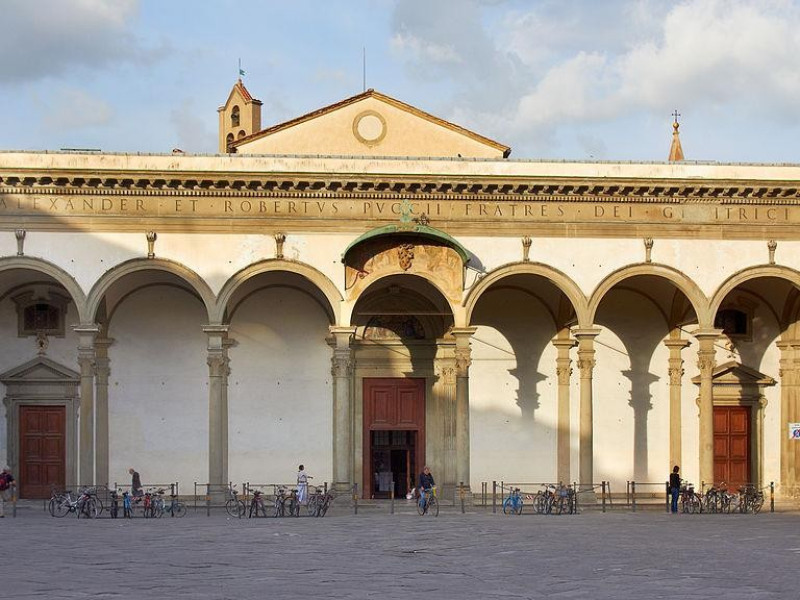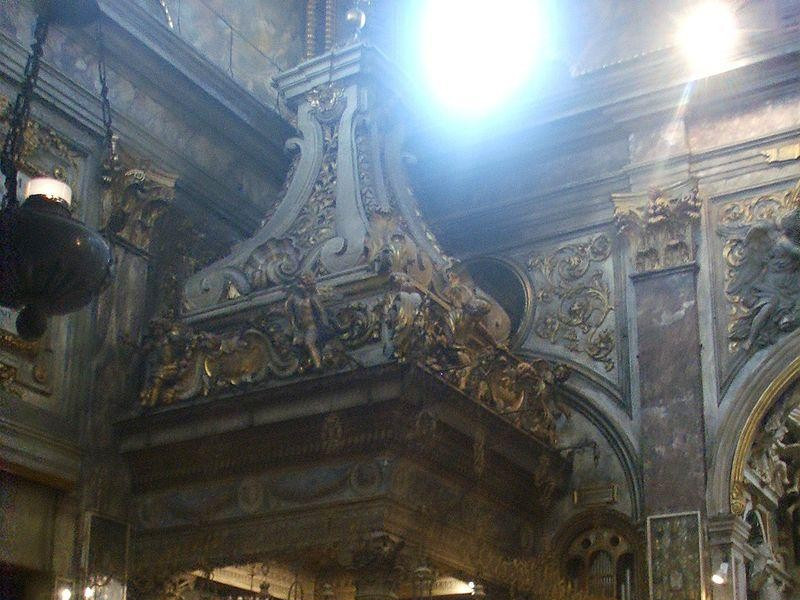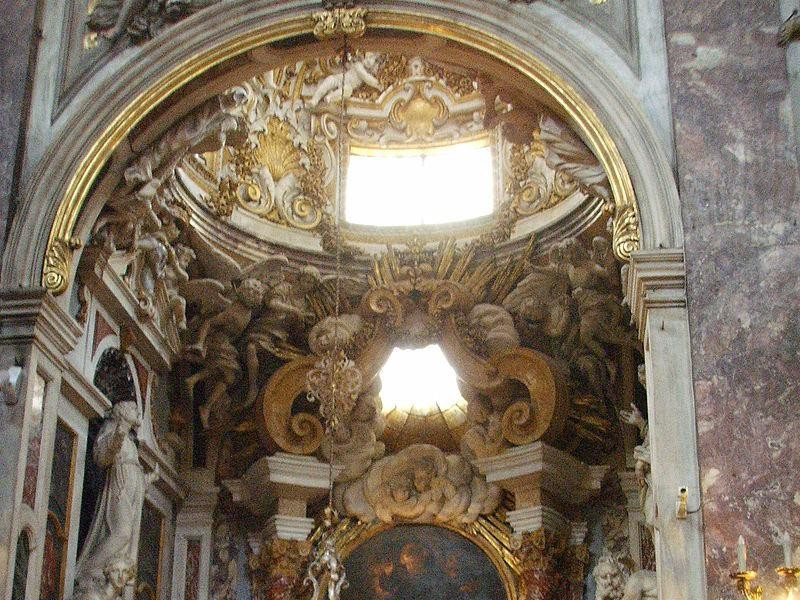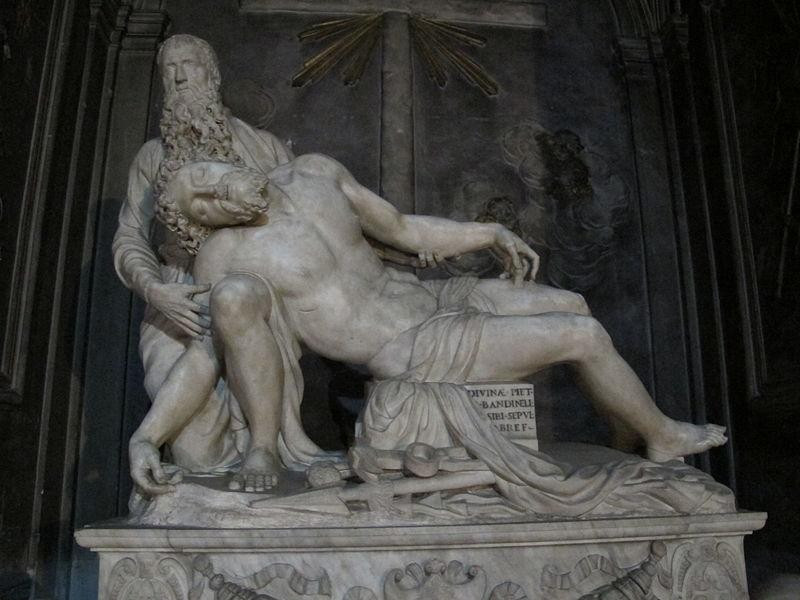Basilica della Santissima Annunziata
Situated in the homonym Square, near the Innocents Hospital, the Bbasilica of SS. Annunziata is the parent Servite order (Mary's Servants). According to legend, in 1252, the Mary's Servants had commissioned to the painter Bartolomeo a fresco of the Glorious Virgin: the painter was unable to paint her face, he fell into a deep sleep and, upon awakening, the face was already miraculously painted. The fresco, which gave its name to the Church, is in the Annunciation Chapel, object of great devotion by the Florentines. Central arch of the porch outside there are traces of frescoes painted between 1513 and 1514 by Pontormo, while the central portal is surmounted by an Annunciation mosaic by David Ghirlandaio (1509). From the porch, you enter a small hall in the shape of quadrilateral, said "Cloister of Votives" because were exposed over the centuries votive objects destroyed in 1785. The Cloister was begun in 1447 on designed by Michelozzo and decorated with Corinthian columns. Most remarkable are the frescoes that decorate the walls, made to narrate the Virgin's Life and the story of Philip Benizzi, works by Andrea del Sarto, Pontormo, Rosso Fiorentino. Upon entering, one is struck by the dense and sumptuous Baroque decoration: ceiling by Volterrano and lots of marble, stucco and gilding. The large paintings up between the windows, most painted by Cosimo Ulivelli, tell the most famous Madonna's miracles. The counter inside is characterized by a real Baroque jewel: the SS Annunziata's Chapel. We have news of an altar covered with offerings, votive and lamps since 1341. In 1447, the Mary's Servants did raise the current temple, designed by Michelozzo and executed by Pagno of Lapo Portigiani. The shrine consists of four Corinthian columns made by Carrara marble, which support the entablature carved with a frieze carved with festoons, ribbons and medallions. The Chapel ceiling, in marble, with gilt and enamel, comes from the workshop of Luca della Robbia. It closes the newsstand a network of bronze, by Maso di Bartolomeo (1447) and a Baroque spire, carved in wood by Luca Boncinelli and drawings by Volterra (1674). The marble altar, built by Piero de' Medici (now in the Bardini Museum) was shaped as Roman urn; in 1600 the Grand Duke Ferdinando I de' Medici replaced it with the current one, in silver and semiprecious stones, thrown by Egidio Leggi. The carving of the marble arch joins the Chapel to Coretto hosting the big Silver Closet, by Fra Angelico (1453) and an organ. Almost all the chapels were born at the behest of the noble families who wished to have their own burial and coat of arms in the Church, that of the "Pietà" originally belonged to the Pazzi family, then it went to the sculptor Baccio Bandinelli, who placed the marble group and he was buried there with his wife.






